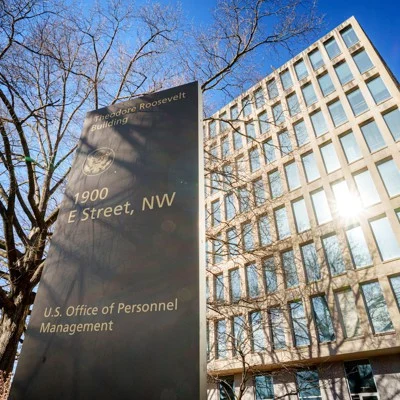OPM’s retirement backlog skyrockets as deferred resignees begin offboarding

The federal government’s backlog of pending retirement claims hit the highest level since the COVID-19 pandemic last month, as tens of thousands of federal workers who accepted the Trump administration’s so-called deferred resignation program.
While January and February are traditionally the busiest months for processing federal employees’ retirement applications, the deferred resignation program, stemming from Elon Musk’s controversial “fork in the road” email, created a new logjam last month, as most who agreed to leave federal service through the initiative did were paid through Sept. 30. A second tranche is expected next January, as some DRP participants were allowed to remain on paid leave through the end of the calendar year in order to reach retirement eligibility.
All told, OPM received 20,344 new retirement claims in October. The agency processed 8,751 applications during the same time period—an increase over September’s 7,902 despite the ongoing government shutdown—causing the agency’s backlog to balloon to 34,587 pending claims.
The October spike follows another abnormal spike that occurred in May and June, following the administration’s rollout of Voluntary Early Retirement Authority along with the deferred resignation program to induce feds to leave government.
The current backlog is the highest that OPM has seen since March 2022, when, following the COVID-19 pandemic, it reached 36,000 pending claims. Since 2022, OPM under the Biden administration engaged in a combination of technological innovations with increased staffing during peak periods to bring the backlog to within 2,000 claims of the agency’s steady state goal of 13,000, leading its inspector general removing retirement processing from its list of the top management challenges last year.
Conversely, despite OPM Director Scott Kupor’s touted launch of an online retirement application for departing federal workers, the backlog has steadily grown since April. On a monthly basis, the average time it takes for OPM to process a retirement application sat at 79 days last month, an increase over the 44-day average achieved last February.
In a blog post last week, Kupor said OPM would work to get interim pay—an approximation of roughly 80% of a retiree’s anticipated retirement annuity while their paperwork advances through the process—out more quickly, by taking on additional risk of overpayment.
“I’m not talking about taking reckless chances but being smart about tradeoffs,” Kupor said. “Our Retirement Services team dug into the data, reviewed every ‘stopper’ we had in place [preventing some former feds from receiving interim pay], and found ways to streamline the process without sacrificing accountability. The result? More retirees getting their interim pay faster, with fewer unnecessary holds.”





